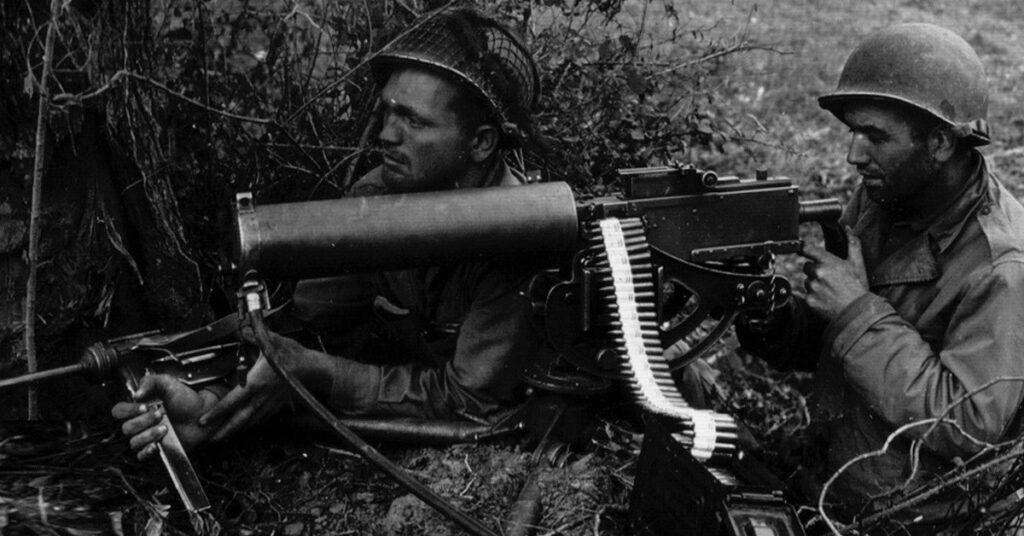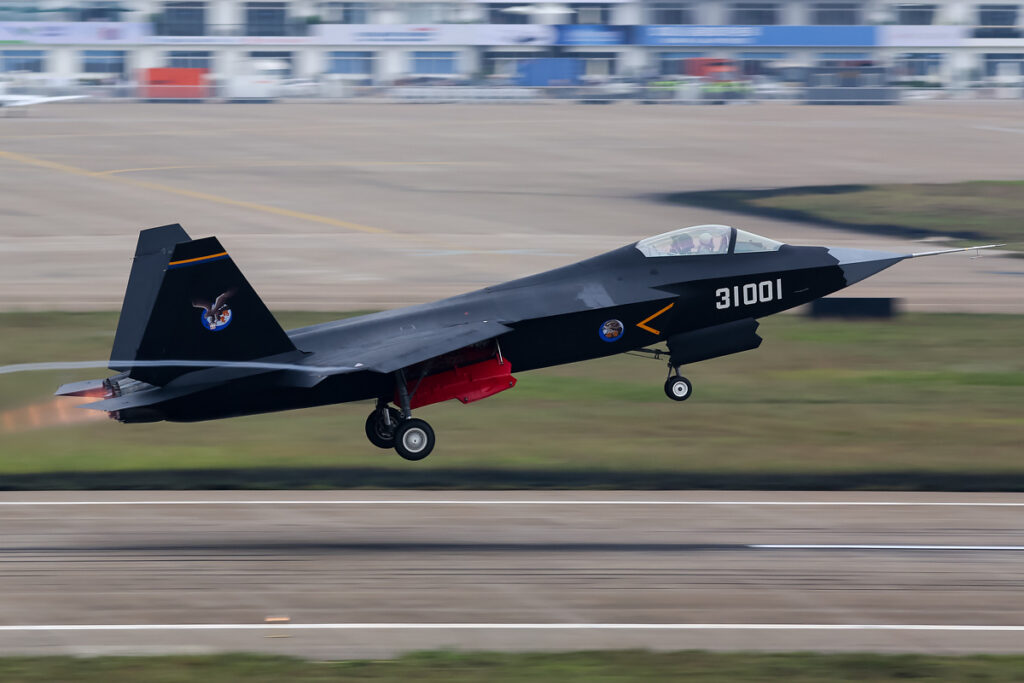The longest land battle in US history was a huge mistake
- By We Are the Mighty
Share This Article

The fight for the Hurtgen Forest was one of the most devastating battles of all World War II Europe and one of few the U.S. Army lost after landing at Normandy on D-Day. The relatively quick advance through France gave Allied commanders the drive to race to enter Germany. The pace was so fast, they outran their supply lines and had to take a pause – a pause that would result in the longest land battle in U.S. military history.
Having to wait for the Allied supply lines to catch up to the front gave the beleaguered Nazis the chance to regroup and settle down in one of Europe’s most dense and dark forests. It was a place the Army should never have entered.

To put it mildly, the forest was the ideal place to defend. As the summer was turning to fall, which would soon see winter, the dense wood would see snow and rain that would churn the dirt to mud. Dense forests, deep ravines, and steep hills also gave the German defenders the advantage in the forest. To top it all off, there were also abandoned and overgrown concrete bunkers, part of the old Siegfried Line of defensive fortifications throughout the forest – and that’s exactly what drove the Americans into the bunker.
So after they gave the Germans time to roll out the barbed wire, booby traps, and minefields, the Americans decided to assault the forest head-on in an attempt to be the first to fight and take the vaunted Siegfried Line and thus be the first to enter Germany.
Related: Cpl. Henry Warner fought off a German tank with his pistol

The forest itself was 70 square miles and was situated between Aachen, a city under siege that would not surrender, and the Ruhr Dam along the Rhine, one the Allies were afraid the Nazis would just destroy in an attempt to flood the Allied advance. The Americans decided they would assault the forest directly, and swiftly neutralize the threat to the dam while ensuring the fall of Aachen. That did not happen.
American tanks and airpower were ineffective while fighting in the forest and the machine gun – which the Wehrmacht had in spades – was the most effective weapon, especially considering the difficulty seeing for any kind of distance, along with the hills and ravines throughout the forest. The Germans zeroed in their mortars before the Americans ever arrived. The Americans should never have engaged the forest at all.

The U.S. Army didn’t have to go into the woods. The Siegfried Line was being assaulted all along its perimeter. The debacle at Hurtgen cost anywhere from 30,000-50,000 casualties at a cost of just 28,000 German casualties. To make matters worse, the months’ slowdown in advancement allowed the Germans to break out in a winter offensive, an advance that would come to be known as the Battle of the Bulge.
This article by Blake Stilwell was originally published by We Are the Mighty.
Read more from Sandboxx News
- A-20: The forgotten bomber that wreaked “Havoc” in WWII
- Operation Chariot: The great raid on the St. Nazaire dry dock
- Flag Day and history made in Iwo Jima
- The Nazi Schwerer Gustav rail gun: Big bang for the buck, or small spark for the Reichsmark?
- Nazi Germany’s V-2 vengeance missile: The first human object to reach space
Related Posts
Sandboxx News Merch
-

‘AirPower’ Classic Hoodie
$46.00 – $48.00 Select options This product has multiple variants. The options may be chosen on the product page -

‘Sandboxx News’ Trucker Cap
$27.00 Select options This product has multiple variants. The options may be chosen on the product page -

F-35 ‘Lightning’ Framed Poster
$45.00 – $111.00 Select options This product has multiple variants. The options may be chosen on the product page
We Are the Mighty
Related to: Military History

The CIA used miniature models to meticulously plan high-stakes operations

Video: How good is China’s new stealth fighter?

Who dares wins: The importance of defeat in being successful

Marines deploy new system to take out ships in the Pacific
Sandboxx News
-

‘Sandboxx News’ Trucker Cap
$27.00 Select options This product has multiple variants. The options may be chosen on the product page -

‘AirPower’ Classic Hoodie
$46.00 – $48.00 Select options This product has multiple variants. The options may be chosen on the product page -

‘AirPower’ Golf Rope Hat
$31.00 Select options This product has multiple variants. The options may be chosen on the product page -

‘Sandboxx News’ Dad Hat
$27.00 Select options This product has multiple variants. The options may be chosen on the product page
